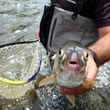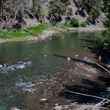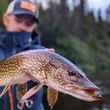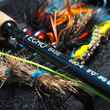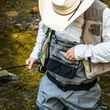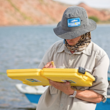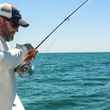Nobody likes being the nostalgic steelheader in the room, but increasingly I find myself as the gray haired guy at the table waxing poetic about how great wild steelhead fishing on Washington’s Skagit River used to be. You know, back in the “good ole days.” Getting on in years sucks and watching my beloved wild steelhead waters deteriorate even faster than me just adds insult to injury.
What do we want the Skagit River to be?
by Rich Simms - Wednesday, Feb 21st, 2018



